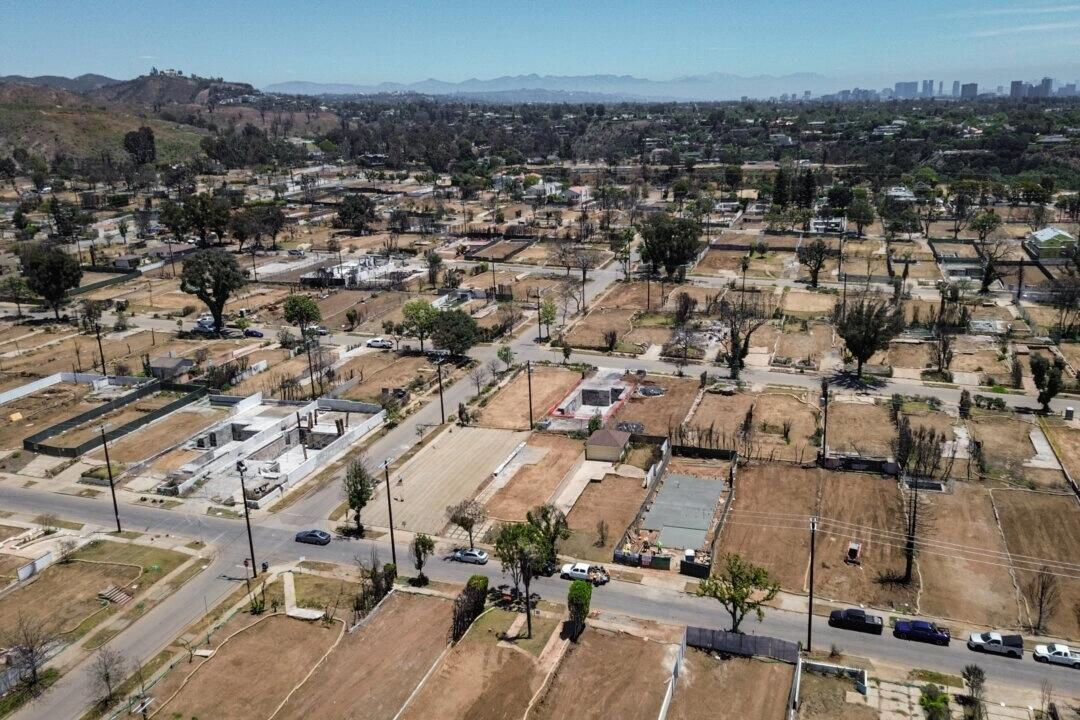Housing policy experts say 2025 was a banner year for state-level reforms aimed at boosting housing supply and solving the affordability crisis, with a number of states making key changes.
In the 12 months through June 2025, 124 pro-housing bills passed in state legislatures, according to tracking from the Mercatus Center at George Mason University, a libertarian think tank.
That figure is up from just 40 in the same period in 2023, representing a surge of legislation aimed at expanding housing supply.
“It’s been a phenomenal, phenomenal year for housing supply wins,” said Salim Furth, director of the Urbanity project at Mercatus, during a recent online symposium.
“Seeing that number triple in just two years is amazing. And a lot of those bills are highly consequential.”
Furth highlighted five states that enacted major legislative packages on housing supply in 2026: Texas, California, Washington, Montana, and Maine.
Texas passed seven significant housing bills this year, including measures cutting minimum lot sizes in major cities, legalizing residential construction in commercial districts, and removing a petition process that is often used to block new development.
Meanwhile, California, which Furth calls “the original housing crisis state,” also made significant strides in reforming the web of regulations that are often used to block new development there.
Significantly, one new law exempts most infill housing projects (construction or redevelopment of an existing urban lot) from California’s vexatious environmental review procedures, which are often used maliciously to block new housing construction.
As well, California in October passed SB 79, a major new law allowing for the construction of apartment buildings near public transit hubs, regardless of local zoning restrictions.
Gov. Gavin Newsom backed the bill over the opposition of local leaders such as Los Angeles Mayor Karen Bass, who opposed giving up local control over zoning decisions.
Separately, San Francisco Mayor Daniel Lurie recently secured the passage of his “family zoning plan,” a periodic city-level rezoning required under state law to facilitate the creation of new housing.
In the symposium, Furth praised San Francisco’s upzoning, calling it “kind of thing that advocates have been fighting for there for decades.”
The leadership of Texas and California, with their vastly different political orientations, underscores the bipartisan appeal of housing reform, says Furth.
Likewise, Montana and Washington state sit at opposite ends of the political spectrum, but both passed significant measures capping locally imposed parking minimums, a requirement often used to block new development.
Montana’s law capped local parking minimums at one per unit, while Washington eliminated parking mandates for apartments up to 1,200 square feet and capped mandates for larger homes in cities of more than 30,000 people.
Montana also became the first state to directly preempt local limits on building height, requiring cities of over 5,000 people to allow 60-foot residential buildings in downtown, heavy commercial, and industrial zones.
Other Montana reforms included a law allowing accessory dwelling units, reforms that make manufactured housing parks easier to build, a law allowing buildings of up to six stories to have a single staircase, and a law requiring that certain legal disputes be resolved in favor of “the free use of property.”
Maine also struck a blow against parking minimums, limiting them to one space per unit for construction in locally designated “growth areas.”
Other reforms in Maine remove redundant environmental approvals and limiting impact fees.







